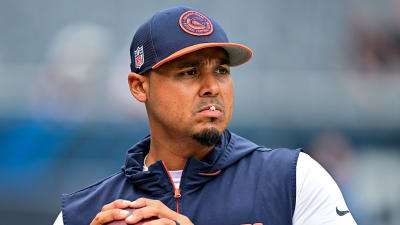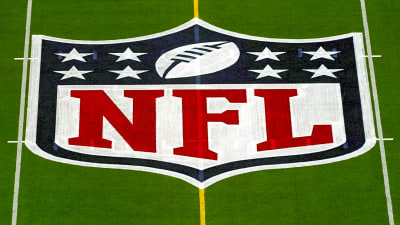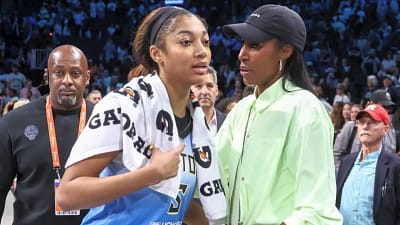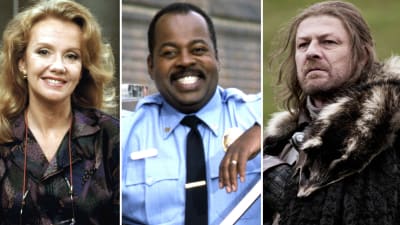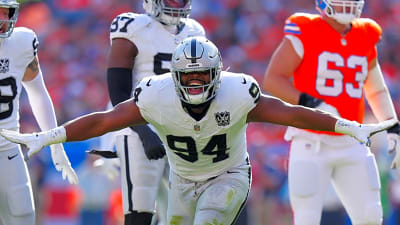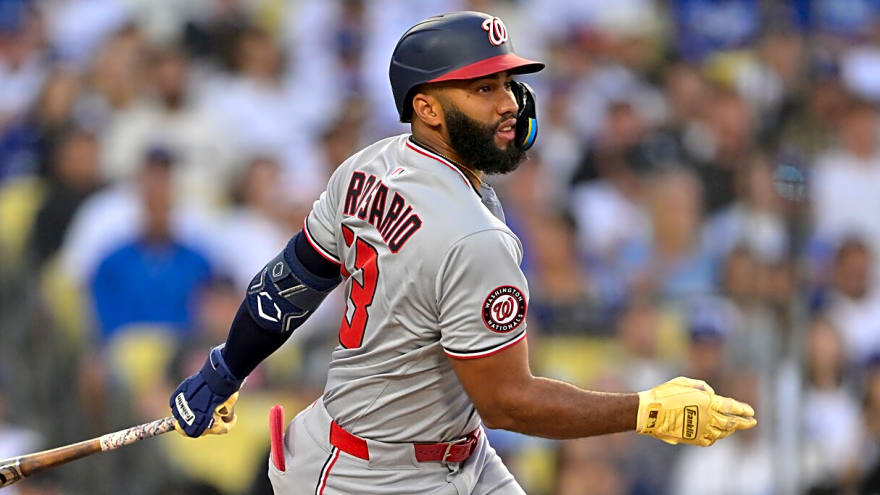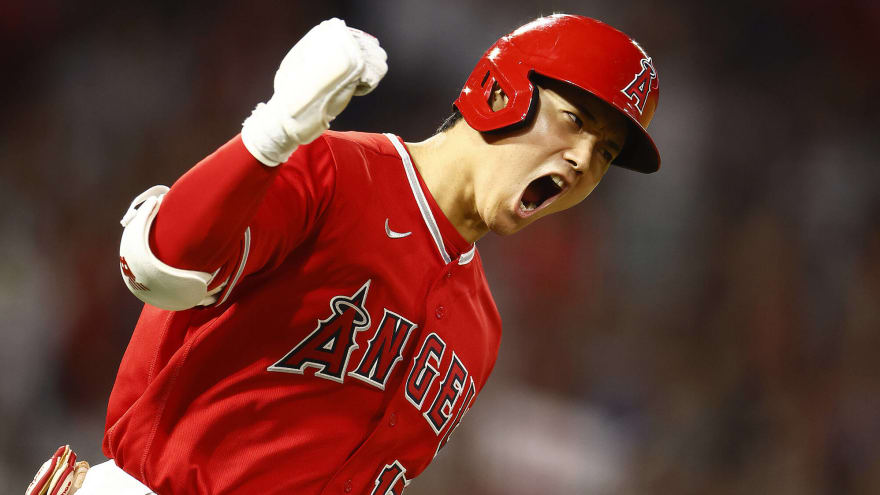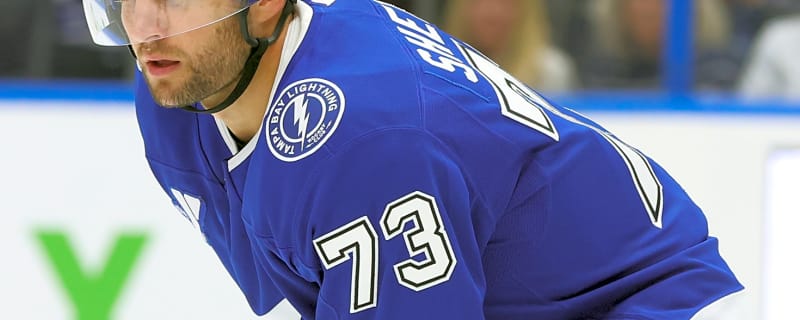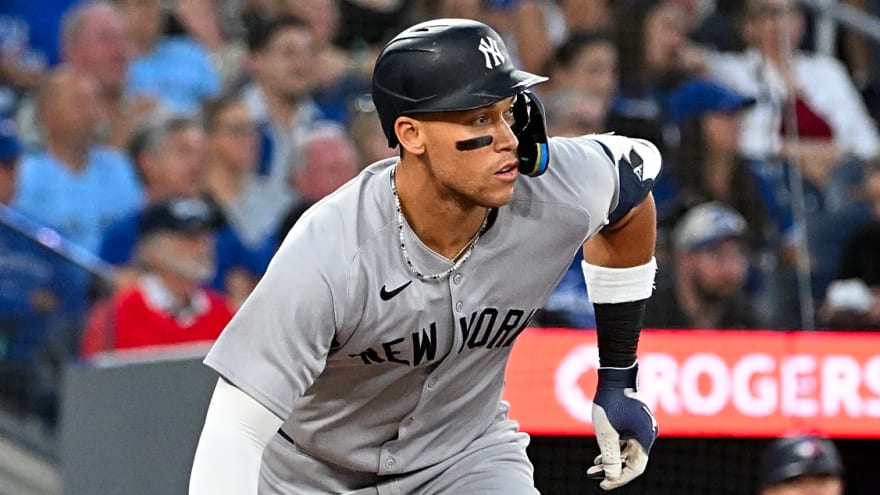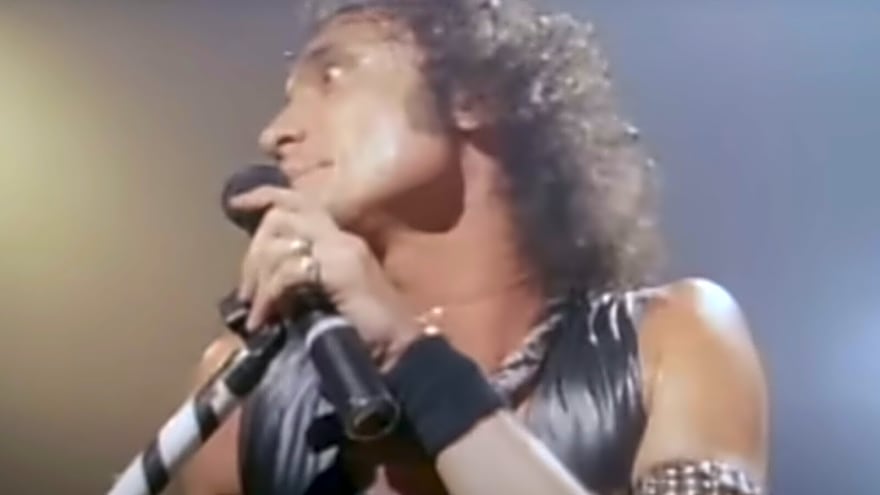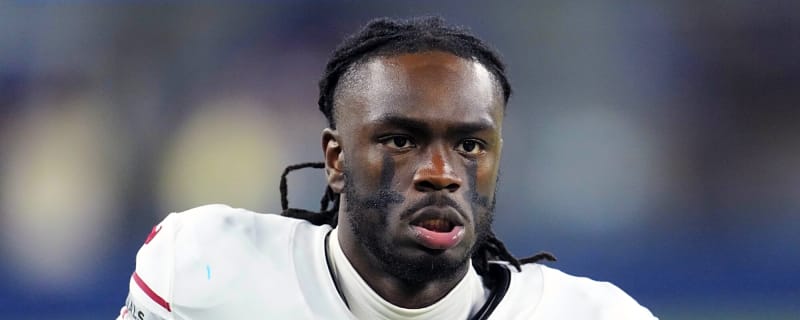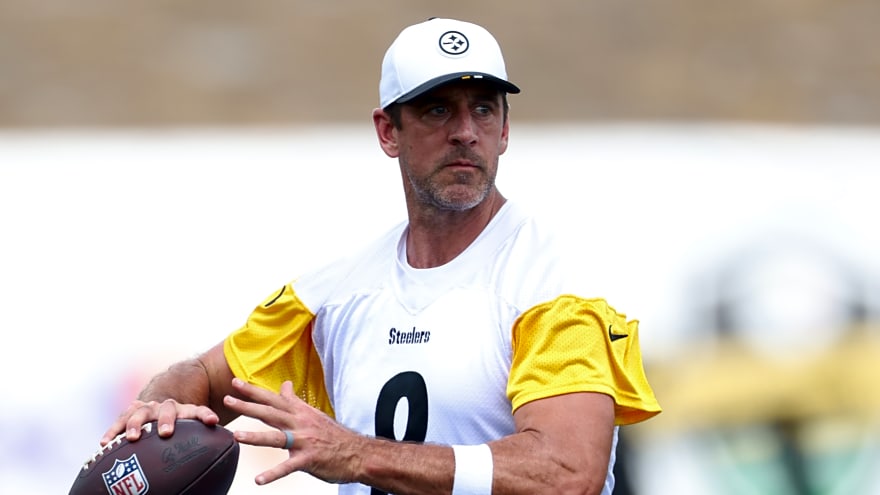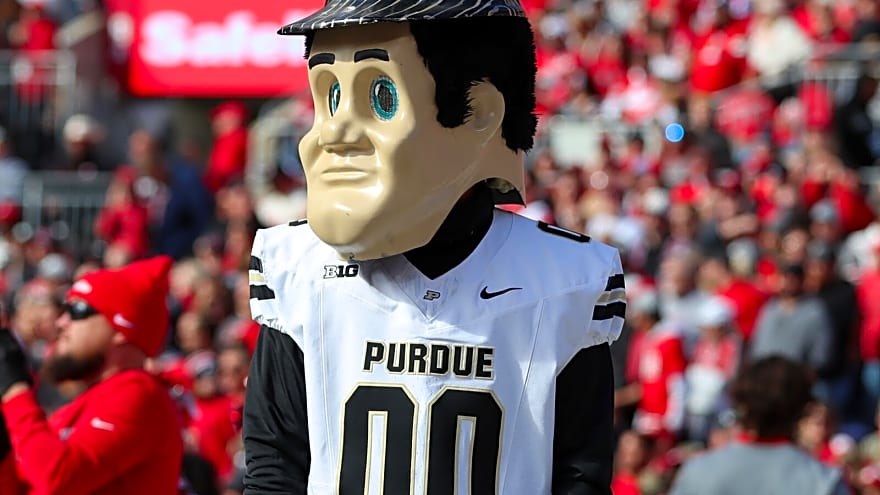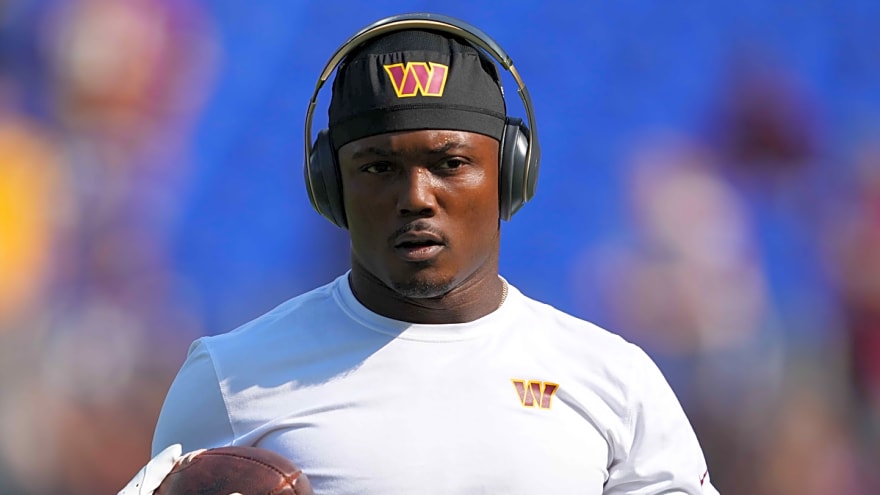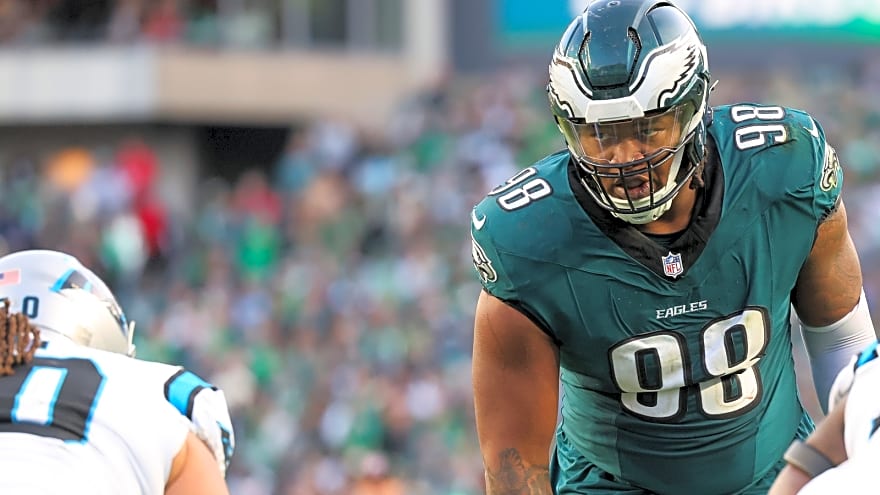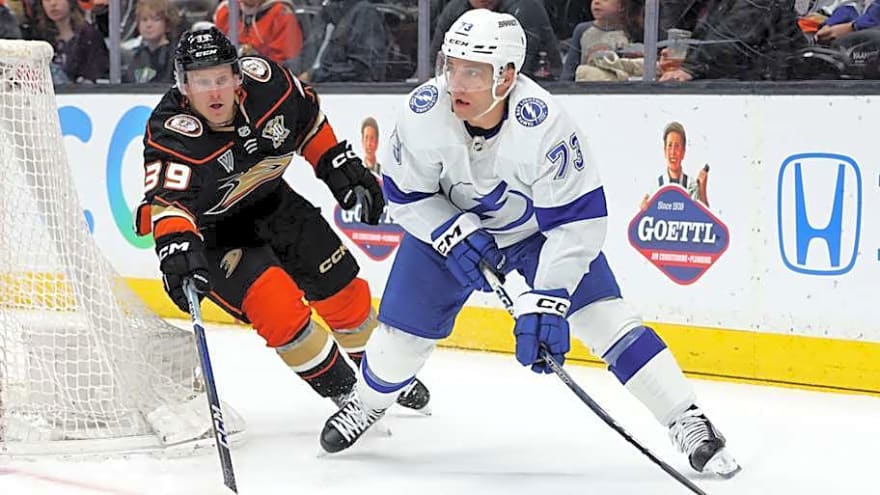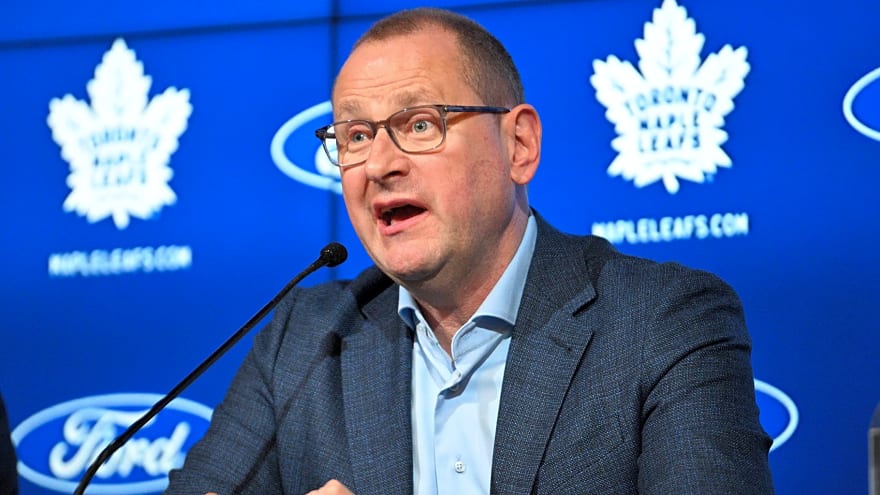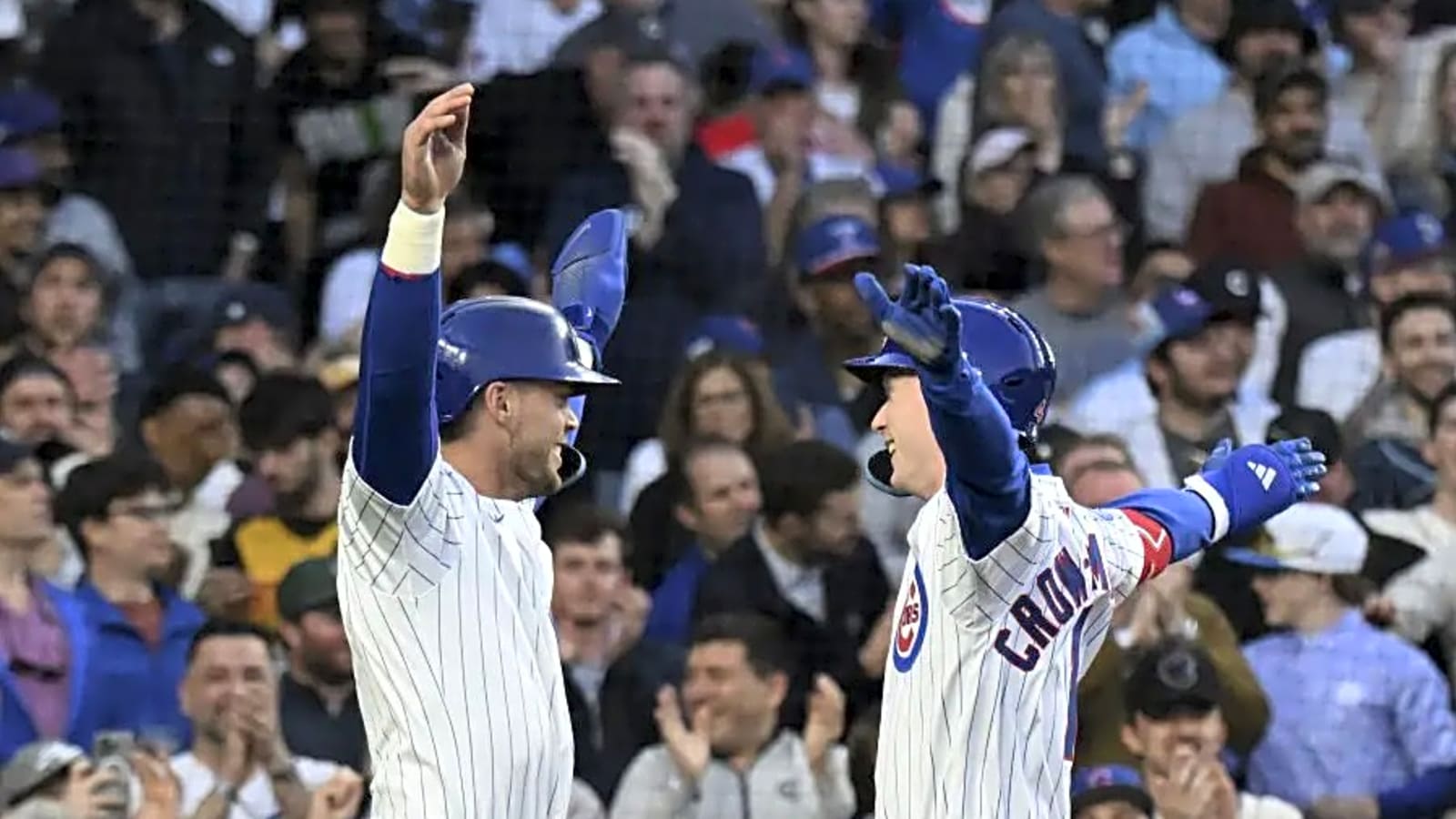
The Chicago Cubs have been showing signs of being something special this season.
As of this writing, the team sits atop the NL Central Division, with a comfortable-ish 5-game lead over the second place St. Louis Cardinals.
Their versatile and potent offense has been elite-tier throughout the year, consistently ranking high in runs, batting average, stolen bases, and run differential.
Their bullpen, once though to be the team’s biggest weakness, has turned around nicely and currently ranks among the best in baseball. Since May 14, it has posted a ridiculously tight 0.82 ERA.
The starting rotation needs a big-time addition or two, but it has held together relatively well considering that the Cubs have lost 60% of their projected front 5 (Justin Steele, Shota Imanaga, and Javier Assad) for either most or all of the season thus far.
The Time To Win Is Now (And Maybe Next Year)

It would appear that the time is now to win. And that would mean going out and making some trades before the July 31st deadline to make that happen.
Digging deeper into the realities of this roster, though, it would appear that this Cubs team, as it stands now, really has just a two-year window to make something big happen.
And why is that?
The contract status of key members of this squad may indicate that a major turnover is on the precipice of happening by the end of the 2026 season.
Ian Happ, Nico Hoerner, and Jameson Taillon will flat-out become free agents after 2026. Matthew Boyd, Carson Kelly, Shota Imanaga, and Colin Rea have options (either team or player) complicating their Cubs contract status. Seiya Suzuki, meanwhile, is eligible for arbitration after 2026, with free agency looming for the 2028 season.
The Chicago Cubs And The Great Purge
This means that Cubs ownership will have a lot of big contracts up at roughly the same time, with each likely to demand a sizable pay increase for the players. The last time that happened, we saw the great purge of 2021, with the Cubs trading away key World Series figures Anthony Rizzo, Kris Bryant, and Javier Baez near the trade deadline, as well as Craig Kimbrel, Joc Pederson, and Andrew Chafin. The purge was preceded that offseason, in late 2020, by the team non-tendering Kyle Schwarber and trading Yu Darvish.
The mass of players moved this time around wouldn’t be as great, but it would signify a major chemistry and makeup-rattling roster upheaval that would definitely change the outlook of the team.
To make matters more complicated, at least a few of their talented top prospects at Triple-A, pegged to possibly replace some of the outgoing veterans, will be gone this season if the team is serious about making aggressive trade moves in anticipation of a deep playoff run.
So, with veterans likely to move on and fewer assets available to move up from the minors to replace them, it’s pretty clear that there will be a two-year window for this team, as it exists right now, to make something big happen.
…And Then There’s Kyle Tucker (and PCA)
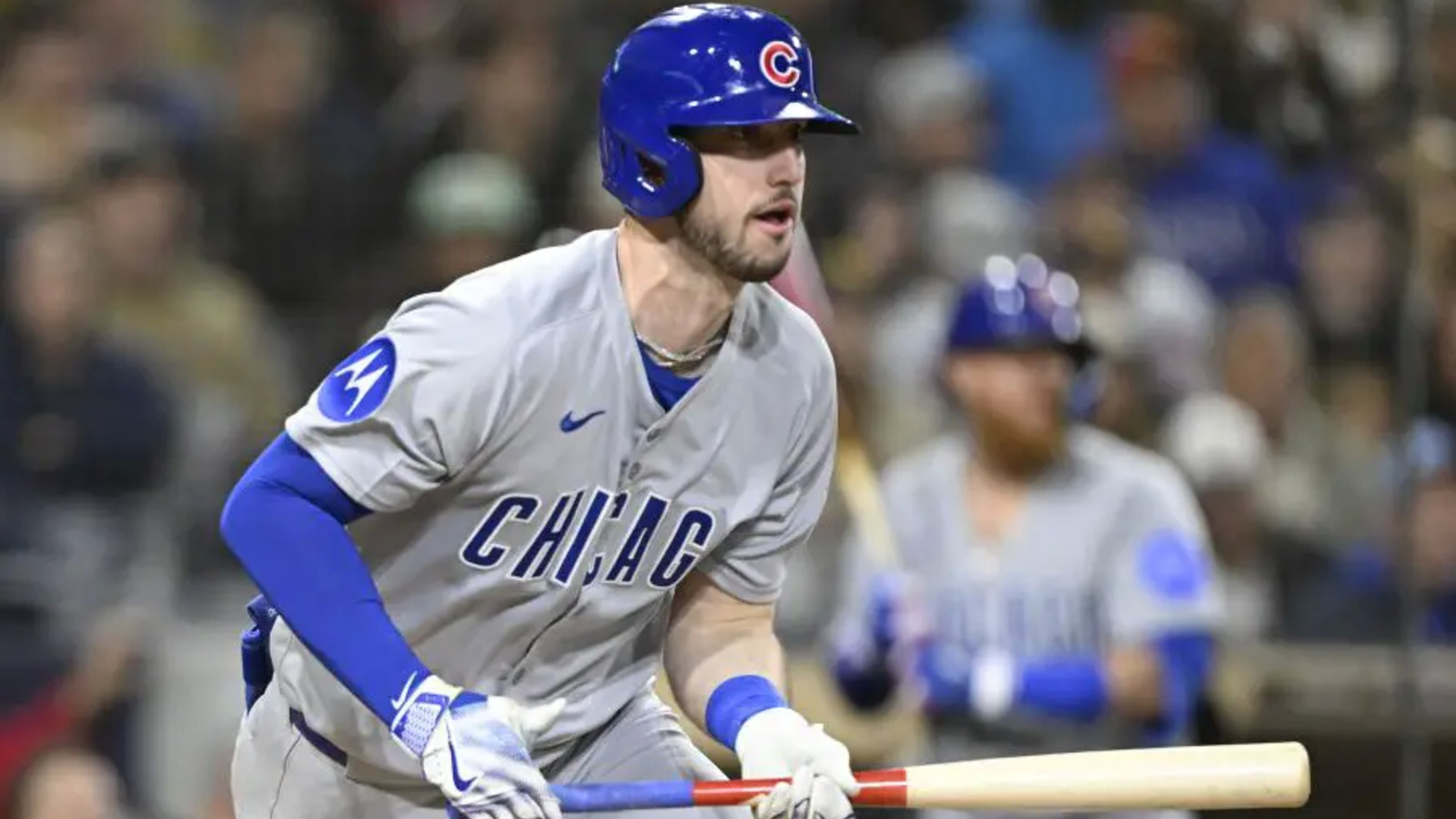
And, even then, there’s the huge detail of Kyle Tucker and his looming free agency.
Losing Tucker would create a massive hole to fill and, possibly, alter the trajectory of the team. With rumored expectations of a 10-year deal worth in the neighborhood of $500 million, it might appear to be more likely that Tucker will be an ex-Cub in 2026.
The long-term health of the major league club would be helped immensely by ownership doing whatever it takes to keep Tucker and, while they’re at it, extending Pete Crow-Armstrong through the reasonable rest of his career.
In the meantime, Chicago has to assume a “win now” attitude given the business realities facing them.
More must-reads:
- All signs point to Yankees moving on from Anthony Volpe
- Injured Phillies pitcher takes big step toward return
- The 'MLB mascot names' quiz
Breaking News
Trending News
Customize Your Newsletter
 +
+
Get the latest news and rumors, customized to your favorite sports and teams. Emailed daily. Always free!
TODAY'S BEST

Royals acquire outfield help in perplexing trade with Diamondbacks
The Kansas City Royals were hoping to bolster their outfield ahead of the July 31 trade deadline. They were able to do just that in a trade on Saturday. Steve Gilbert from MLB.com reported that the Royals have acquired outfielder Randal Grichuk from the Arizona Diamondbacks. Mark Feinsand from MLB.com reported that relief pitcher Andrew Hoffman will head to Arizona in exchange for Grichuk. The Royals desperately needed help in their outfield. Royals outfielders had been the worst in the majors, posting an atrocious .219/.273/.328 batting line with just 19 home runs entering Saturday's action. Although Grichuk is in the midst of a disappointing season himself, he is an immediate upgrade over whatever the Royals have sent into the outfield. Grichuk had posted a .243/.280/.462 batting line in 186 plate appearances entering Saturday, hitting seven homers and 15 doubles. In exchange, the Diamondbacks receive Hoffman, who FanGraphs ranked as the Royals' 22nd-best prospect entering the season. His upper-90s fastball and new kick change are both considered plus offerings, although his ability to command his arsenal is questionable at best. Hoffman's potential and flaws were evident this season. He made his major league debut for the Royals, allowing six runs, two earned, on seven hits and four walks over 4.2 innings, striking out five. However, Hoffman had dominated at Triple-A, posting a 3.60 ERA and a 1.125 WHiP over his 40 innings, striking out 55 batters with just 10 walks. He is another intriguing addition for a Diamondbacks team that has prioritized pitching in their two trades thus far. The same upside does not exist for the Royals. Kansas City had the same record as the Diamondbacks entering the second game of their doubleheader against the Guardians. Grichuk signed a one-year contract with $5 million guaranteed for 2025. There is a mutual option worth $5 million, with a $3 million buyout, for 2026. Theoretically, Grichuk could be part of the Royals' plans next season. However, mutual options are rarely picked up. As the Royals are currently under .500 and need to pass four teams in the standings to seize the final wild-card spot, adding a rental option does not make sense. It is possible that both sides can work out an arrangement for 2026, but unless that happens, the Royals' latest move is questionable at best.
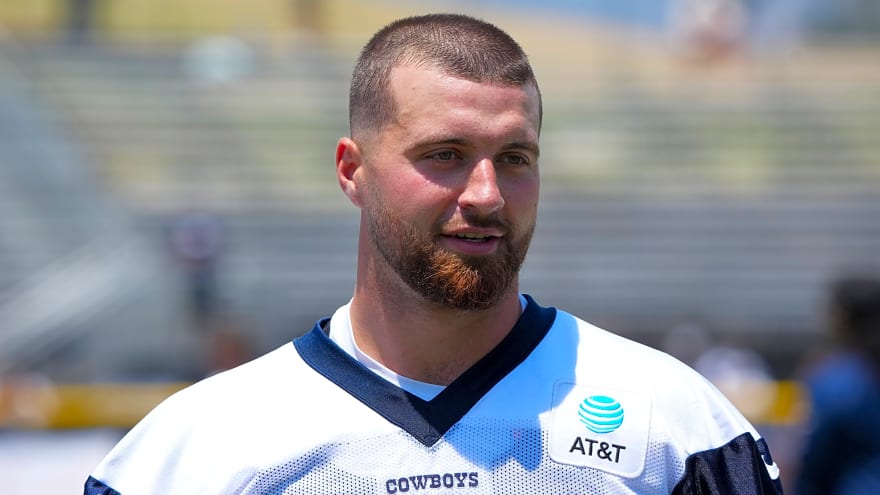
Cowboys make questionable move amid Micah Parsons stalemate
The Dallas Cowboys extended one of their stars Sunday, just not the one fans wanted them to pay. At Cowboys training camp Saturday, Dallas fans serenaded owner Jerry Jones with "Pay Micah [Parsons]" chants. The EDGE, of course, is set to play on the fifth-year option of his rookie contract this season. Jones must not have been listening. He gave tight end Jake Ferguson a new contract instead. Dallas and the 26-year-old pass-catcher agreed to a four-year, $52M contract extension, via NFL Media's Ian Rapoport. This move seems head-scratching. Parsons has won the 2021 Defensive Rookie of the Year and earned two first-team All-Pro nods since the Cowboys took him with pick No. 12 in the 2021 NFL Draft. The 26-year-old EDGE also finished second in Defensive Player of the Year voting during the 2021 and 2022 seasons. Ferguson, meanwhile, is solid but not elite. In three seasons with the Cowboys, the 2022 fourth-round pick has made one Pro Bowl and has never finished with more than 761 receiving yards in a season. An extension for Parsons will devour future cap space. The Cowboys may be worried about that after giving quarterback Dak Prescott (four years, $240M) and wide receiver CeeDee Lamb (four years, $136M) long-term deals in 2024. Pittsburgh Steelers EDGE T.J. Watt signed a lucrative three-year, $123M extension on July 17, making him the league's highest-paid non-QB. Parsons could command a similar contract. If cap space is Dallas' primary concern, however, why would it extend Ferguson? He's now set to be the NFL's seventh-highest-paid TE. The Cowboys waited to extend Lamb and Prescott just before the start of the 2024 season. They may be doing the same with Parsons. The star defender has said, "Ownership is always gonna make [contract negotiations] drag out." Regardless, the Cowboys should've paid Parsons before Ferguson. That's a much bigger priority for the team.
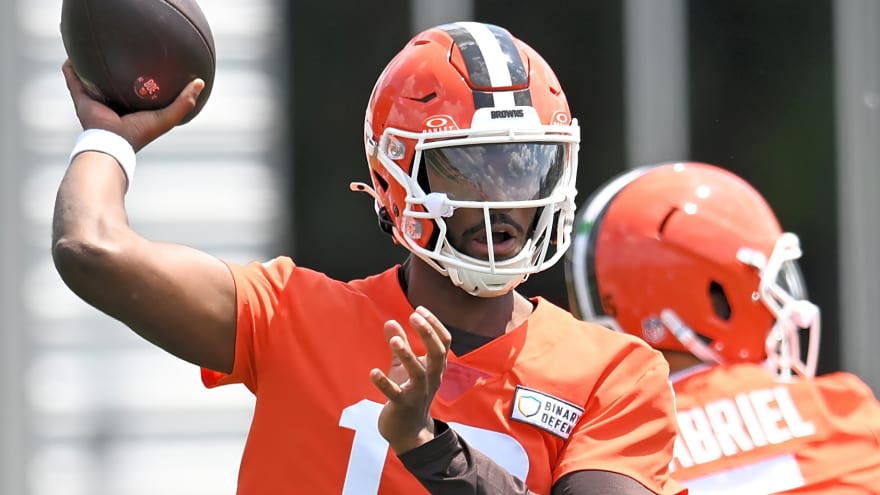
Browns make curious decision with rookie QB Shedeur Sanders
The Cleveland Browns are giving Shedeur Sanders special treatment in training camp, but it's not the type of favoritism the fifth-round pick would necessarily want. Per Daniel Oyefusi of ESPN, Sanders is the only Browns quarterback who has not been taking reps with the first-team offense during OTAs or the first two practices of training camp. Former Pittsburgh Steelers first-round pick Kenny Pickett, veteran Joe Flacco and rookie Dillon Gabriel have all split reps with the first team. Despite being asked to throw passes to members of the equipment staff amid a shortage of professional pass-catchers for a four-quarterback roster, Sanders said he's thankful for the opportunity to show the Browns coaching staff his talents. "I feel like that it's not in my control, so I'm not going to think about that or even have that in my thought process of why it is," Sanders said to a question as to why he's not getting first-team reps. "There's a lot of people who want to have the opportunity to be at this level, and I'm here and I'm thankful to have the opportunity. So, whenever that is, that is." Sanders, 23, believes that he can contribute more to the Browns than what the coaching staff is asking of him. "It doesn't make me feel down or left out because I know who I am as a person," Sanders said. "I know who I am as an individual and I know what I could bring to this team. So, I can never feel less than any circumstance." The Browns selected Sanders with the No. 144 pick in April's draft. As a player whom many draft analysts thought was a first-round talent, Cleveland took what could be the steal of the draft in the fifth round. It's curious why the Browns aren't giving Sanders a shot with the first team early in training camp before the quarterback race becomes more serious. Cleveland should see what Sanders has to offer this summer. Flacco, 40, isn't a long-term solution at the position. Pickett failed in Pittsburgh. The Browns need to gauge what rookies Gabriel and Sanders can do with the first team. Having Sanders throw balls to the equipment staff is a waste of everyone's time. But then again, Cleveland has wasted plenty of quarterbacks.

Seattle Mariners Reportedly 'Overwhelmed' Arizona Diamondbacks in Josh Naylor Trade
On Thursday, the Seattle Mariners officially kicked off trade deadline season by acquiring former All-star first baseman Josh Naylor from the Arizona Diamondbacks. In the deal, the M's gave up No. 13 ranked prospect Brandyn Garcia and No. 16 prospect Ashton Izzi. While both players could certainly end up making nice major league impacts, the pieces were seen as expendable considering the strength of Seattle's farm system. However, Arizona was apparently quite happy with the return, which is why they allowed the M's to strike so quickly, according to Bob Nightengale of USA Today: The Diamondbacks had no intention of trading Josh Naylor so quickly, but the Mariners’ offer overwhelmed them, and they quickly moved, acquiring pitching prospects Brandyn Garcia and Ashton Izzi. Garcia has already been slotted into Arizona's bullpen and the Mariners have already played two games with Naylor, with him registering two hits and stealing a base. The 28-year-old put together a 30/100 season in 2024 for the Cleveland Guardians, helping lead them to the American League Championship Series, where they lost to the New York Yankees. He was traded to Arizona heading into 2025 and will be a free agent at the end of the season. In addition to Naylor, Nightengale reports that the Mariners are still interested in a reunion with third baseman Eugenio Suarez, who they had from 2022-2023. The Mariners enter play on Sunday at 55-49 and in second place in the American League West. They currently occupy the No. 2 spot in the wild card race.
